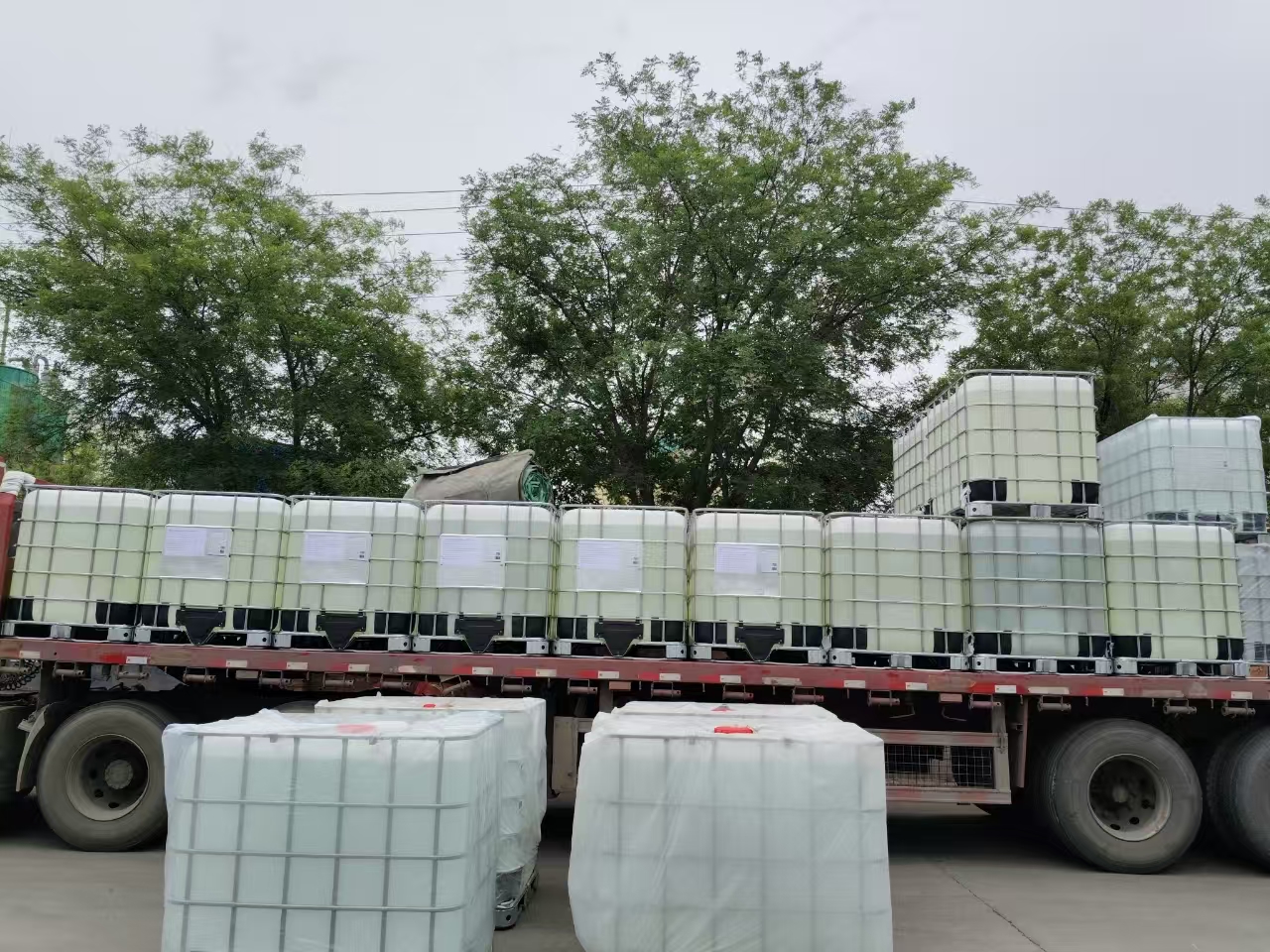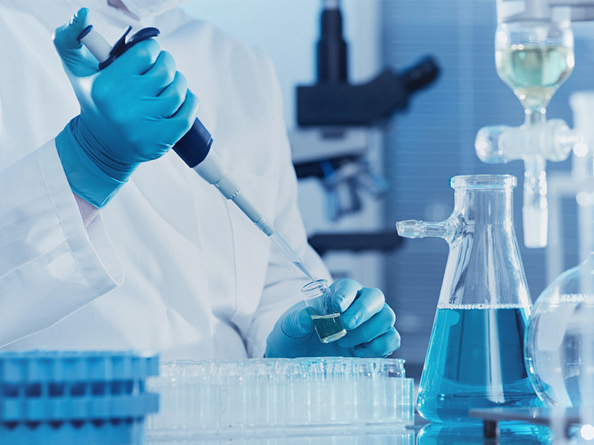Market Spotlight: Rising Demand and Innovation Drive Growth in 3-Mercaptopropionic Acid (MPA) Industry
July 4, 2025
The global 3-Mercaptopropionic Acid (MPA) market is experiencing steady expansion, fueled by growing applications in pharmaceuticals, cosmetics, and polymer industries. Analysts project a CAGR of 5.8% from 2025 to 2030, with China emerging as a key producer and consumer. Technological advancements and eco-friendly production processes are shaping the industry’s future.
1. Expanding Applications Fuel Demand
MPA’s unique thiol (-SH) and carboxyl (-COOH) functional groups make it a versatile compound in:
Pharmaceuticals: Intermediate for anticancer drugs, ACE inhibitors, and other APIs.
Cosmetics: Mild reducing agent in hair perms and skincare formulations.
Polymers: Modifier for epoxy resins and polyurethanes, enhancing material properties.
Food & Feed: Antioxidant and nutritional supplement (food-grade purity required).
2. Green Production Gains Traction
Traditional MPA synthesis relies on sodium hydrosulfide or hydrogen sulfide, posing safety and environmental risks. Leading manufacturers like XX Chemical and YY BioTech have adopted greener catalytic processes, including bio-enzymatic routes and fixed-bed reactors, to reduce energy use and waste. In 2024, China’s Petrochemical Green Transition Guidelines identified MPA clean production as a priority, accelerating industry upgrades.
3. Global Market Dynamics
Europe: Tightening REACH regulations constrain local output, boosting imports (especially from China).
North America: High-purity (≥99.5%) pharmaceutical-grade MPA commands a 30-50% price premium over industrial grades.
India/Southeast Asia: Rising electronics encapsulation demand drives 12% annual import growth.
4. Trends & Challenges Ahead
Ultra-high purity (≥99.9%) and low-odor variants are R&D priorities.
Price volatility of raw materials (e.g., acrylic acid, sulfides) may squeeze margins.
Stricter environmental policies push SMEs toward costly tech upgrades.
 Market Spotlight: Rising Deman
Market Spotlight: Rising Deman
 Four Core Trends in the Global
Four Core Trends in the Global


